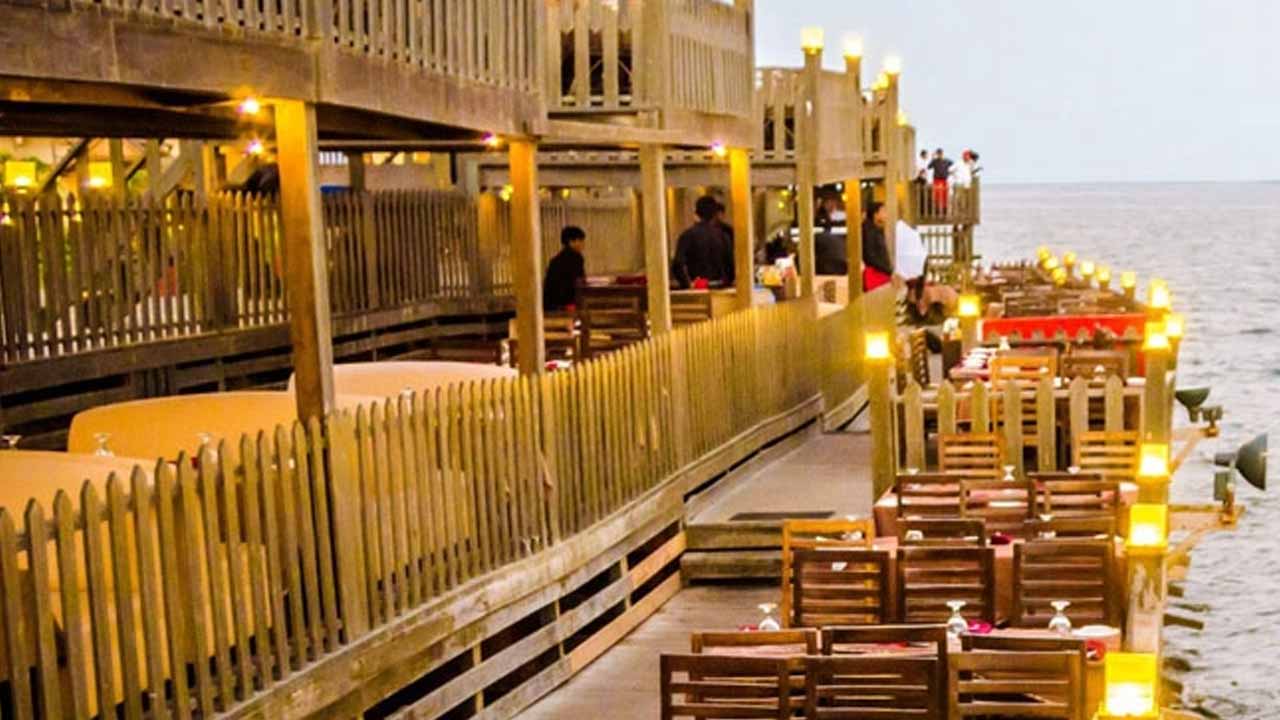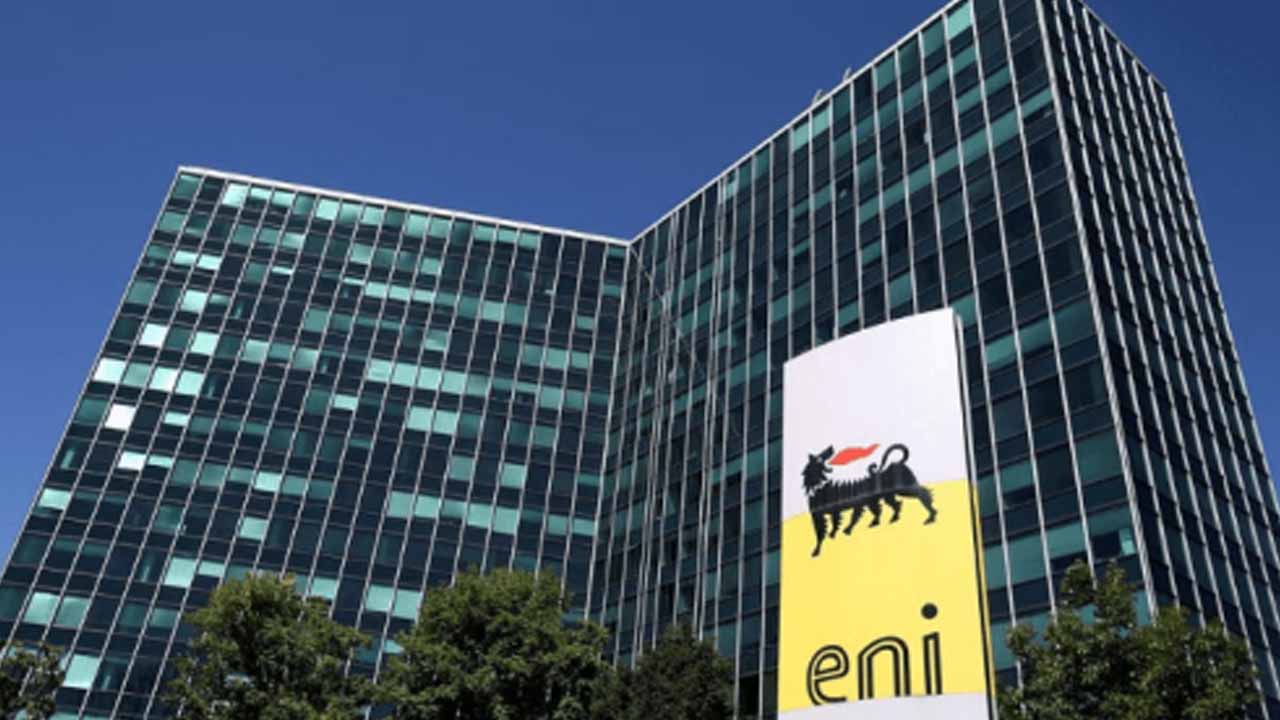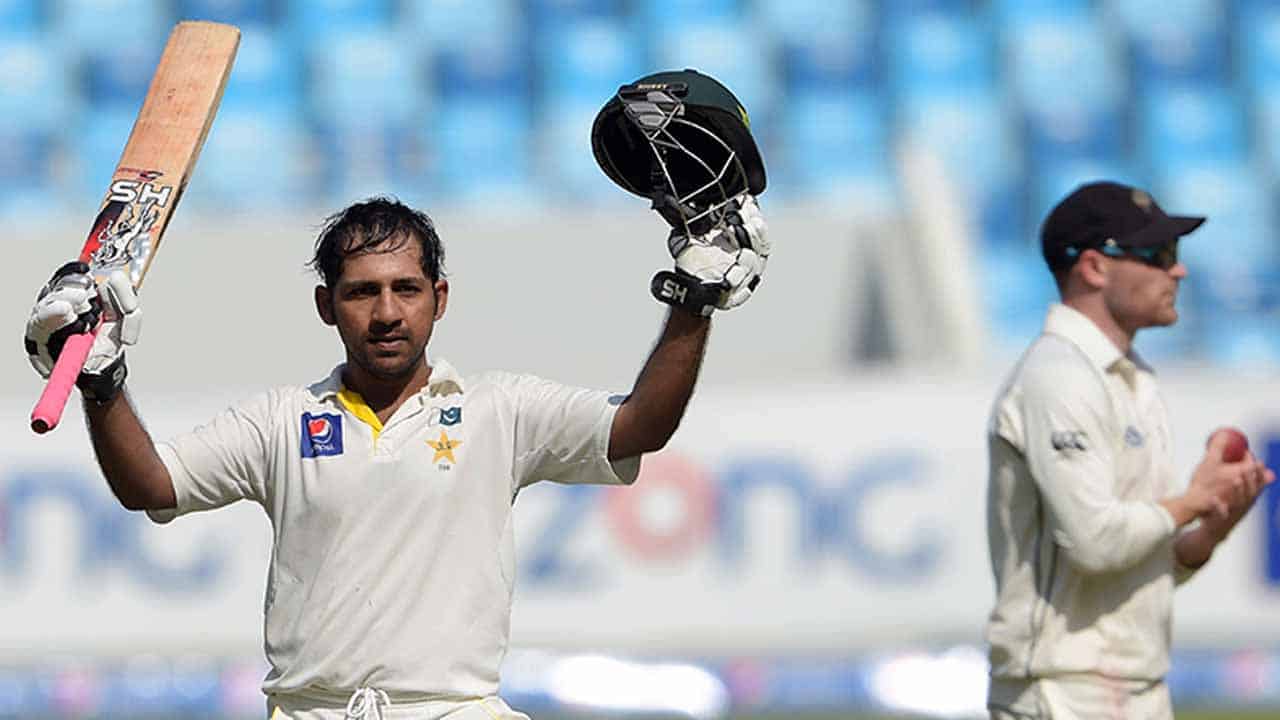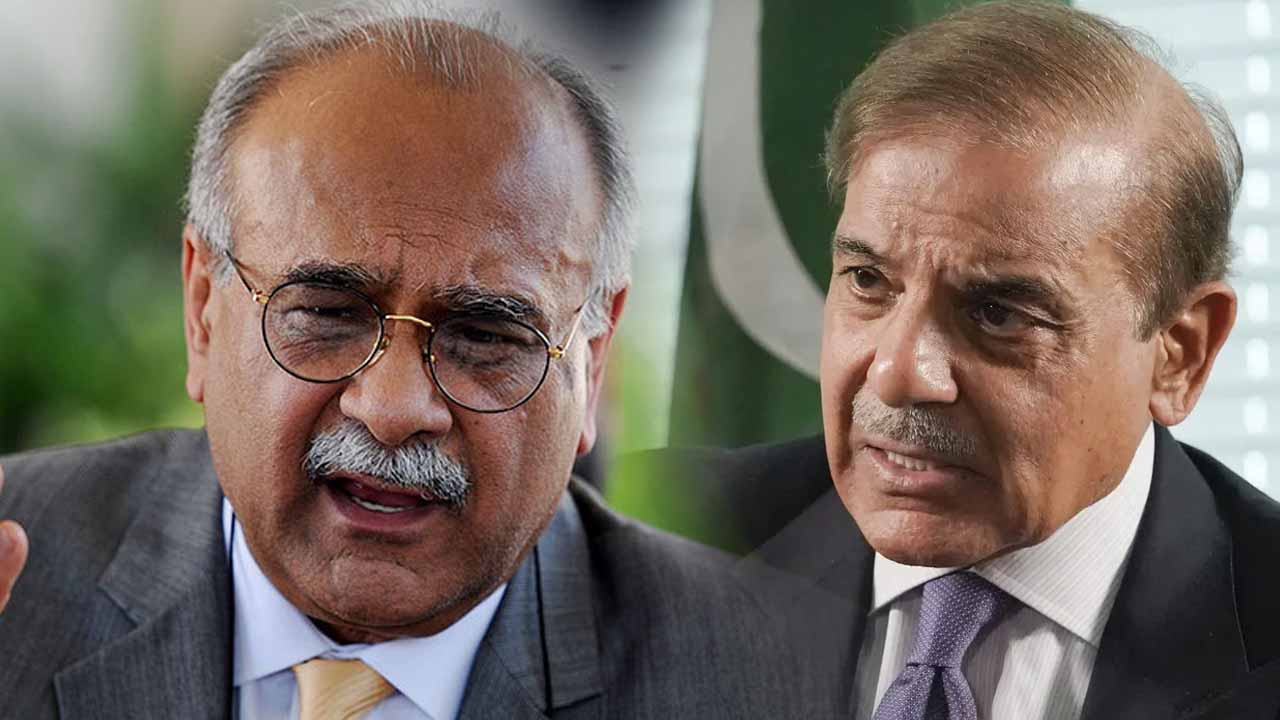The Faisalabad Ghanta Ghar is a clock tower in Faisalabad, Punjab, Pakistan, and is one of the oldest monuments still standing in its original state from the period of the British Raj. It was built in 1905 by the British, when they ruled much of the South Asia during the nineteenth century.
The decision to build the clock tower on this spot was taken by the then Jhang deputy commissioner Sir James Lyall. The foundation of the majestic Clock Tower was laid on 14 November 1905 by the British lieutenant governor of Punjab Sir Charles Riwaz and the biggest local landlord belonging to the Mian Family of Abdullahpur, Faisalabad (then known as Lyallpur). A water well formerly existed at the exact location of the Clock Tower which was filled with earth. The red sandstone used in its construction was brought from Sangla Hill Tehsil, about 50 kilometres from here. The fund was collected at a rate of Rs. 18 per square of land. The fund thus raised was handed over to the Municipal Committee which undertook to complete the project. It took two years to complete the construction at a cost of Rs.40,000.

The locals refer to it as “Ghanta Ghar” (Urdu: گھنٹہ گھر) which translates into Hour House in English. It is located in the older part of the city.

This special layout still exists today and can be viewed using the latest software from Google Maps. The eight markets (bazaars) each has unique product types for sale. The bazaars are named for the directions these open towards i.e. Katchery bazaar, Chiniot bazaar, Aminpur bazaar, Bhawana Bazaar, Jhang Bazaar, Montgomery bazaar, Karkhana bazaar and Rail bazaar. All these eight bazaars are also connected with each other through another round-shaped bazaar, which is called ‘Gole Bazaar’.
During festivals of Eid and Independence Day of Pakistan, the mayor (nazim) of Faisalabad delivers a speech at this site and hangs the flag at full mast.
Significance of Ghanta Ghar in the History of Faisalabad

Clock Tower or Ghanta Ghar is the most recognized building of Faisalabad. It is not only the center of the city, it is also the center of all the activities that happen in the city. During election season, each political party tries to hold rallies at this spot. The same is done for all political demonstrations. The central rally of Eid Milad Nnabi religious festival and the biggest procession of Moharram (annual religious event) is also held at Ghanta Ghar each year.

Kalma written on the top of Ghanta Ghar – Faisalabad
The importance of this iconic tower is so much that one of the leading Pakistani judges of the 1960s, Muhammad Rustam Kayani famously drew a parallel between the presidential system of General Ayub Khan and this clock tower because like Ghanta Ghar which is visible throughout the city, the presidential system of General Ayub made him of equal prominence.

“This Clock Tower was erected by the inhabitants of the Chenab Colony in Grateful Remembrance of The Empress Queen Victoria 1903-1905,”
This is inscribed on plaques on all four sides of the tower in 4 different languages: Hindi, English, Urdu and Gurmukhi.
Other Monuments in Faislabad near Ghanta Ghar





On top of the Famous Jamia Masjid Ghousia Rizvia, in the exact centre, a flag has been hoisted. When 10-year-old Ali who was just leaving after offering his prayers, was asked about the reason behind it, he said, “Pakistan is a Muslim country. Obviously, there has to be a flag on the roof of every mosque!






